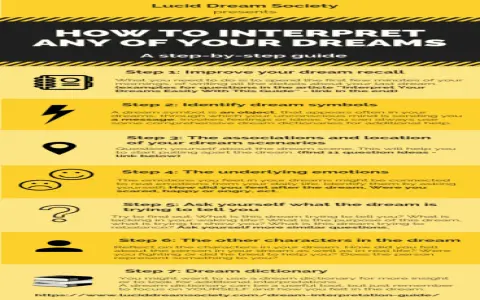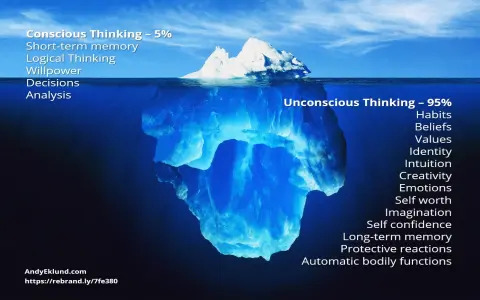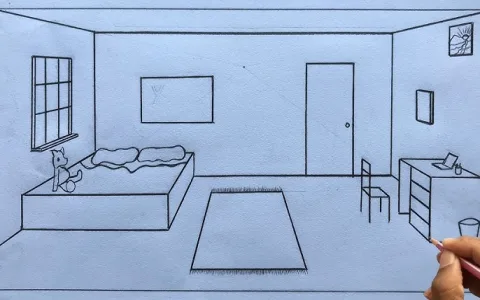I woke up fighting. Not literally, but my entire body was tensed up, covered in a cold sweat. That dream wasn’t one of those fuzzy, forgettable nightmares; it was a full-on, high-definition catastrophe movie starring me and a very angry volcano. I saw the ash cloud rolling in, I heard the terrible grinding noise of the earth ripping open, and I swear I could still smell the sulfur. Pure, unadulterated terror confusion, that’s what hit me the second my eyes opened.
I rolled out of bed, heart hammering against my ribs. I tried to grab my phone to check the time, but my hand was shaking so badly I dropped it. The sheer, overwhelming reality of the dream had short-circuited my morning routine. Usually, I spring up, hit the espresso machine, and start documenting the previous day’s experiments. But today? I was stuck, paralyzed by the residual fear of subterranean rage.
I knew right then that dismissing it wasn’t going to work. When the confusion is that thick, you can’t just power through. You have to treat it like a system crash: first, diagnose the immediate corrupted files, and then, restart the main process. I decided to tackle this confusion mess the same way I tackle a programming bug or a complex hardware failure—by meticulously documenting the state of the system.

The Immediate State Capture: Getting the Raw Data
Before I even let myself worry about what the volcano meant, I needed to stabilize the ‘me.’ I reached for the thick journal I keep bedside. My first action was purely descriptive, forcing the mental chaos out onto the page. I grabbed a pen and just started writing, ignoring grammar and punctuation. This took about fifteen minutes, but it was essential.
- The Core Imagery: I documented the three main symbols: The Volcano (A massive, uncontrolled power), The Lava (Hot, fast destruction getting closer), and The Feeling (Helplessness, utter lack of control).
- The Physical Response: I logged my body’s current status. High heart rate (checked with my watch), shallow breathing, intense muscle tension, and a pervasive feeling of nausea. This showed me that I wasn’t suffering from a spiritual issue; I had a physiological problem caused by a mental event.
- The Emotional Link: I documented the last thing I was thinking about before falling asleep—a massive, high-stakes pitch meeting scheduled for next week that I had been dreading. Bingo. The emotional pressure cooker was identified.
By making the abstract fear concrete, I immediately reduced its power. It wasn’t a nightmare; it was a nervous system demanding a vacation.
The Practical Countermeasures: Reclaiming Control
The next phase was all about grounding. Confusion thrives on inertia and staying isolated in your own head. I knew I needed immediate, repetitive actions that forced my focus back into the physical world. I pulled on a pair of workout shorts and hit the road.
Step One: The Physical Flush. I didn’t run for speed or distance; I ran to feel my feet hitting the asphalt. I chose the steepest hill near my place and sprinted up it three times until my lungs were burning and my muscles were screaming. The pain of the physical exertion literally overpowered the phantom feeling of the dream’s terror. I forced myself into the present moment. When I walked back, the sulfur smell was gone, replaced by the smell of morning dew and exhaust fumes.
Step Two: Sensory Overload (Good Kind). I didn’t reach for the coffee yet. I grabbed two ice cubes from the freezer and held them in my dominant hand until the pain was acute. Then I jumped into the coldest shower possible. The shock of the water was brutal, but it did its job instantly. It reset the system. Confusion cannot survive genuine, immediate physical discomfort.
Step Three: The Routine Anchor. Only after the physical flush did I allow myself back into my usual morning ritual, but simplified. I didn’t look at emails or the news. I prepared a simple breakfast—oatmeal and bananas—and ate it outside, watching the birds. This re-established that my world was safe, predictable, and not currently being incinerated by magma.
The Post-Mortem and Implementation
It took about two hours from the moment I woke up to finally feel functional. Once the physical symptoms of anxiety subsided, I went back to the journal to connect the dots. The scary volcano was clearly my unconscious mind reacting to the overwhelming pressure of the upcoming pitch. It wasn’t a prophecy; it was a loud warning from my subconscious that I was pushing myself toward burnout.
The interpretation part—what the volcano actually meant in mythological terms—was secondary. What mattered was the sequence of steps I forced myself to execute after waking up confused. That sequence is now my standard protocol:
- Identify that I am genuinely panicked (Level 3 or higher confusion).
- Document the raw feeling and physical symptoms immediately.
- Execute a physical shock/reset (cold water, heavy exertion).
- Return to the simplest, safest routine to anchor reality.
I realized that when confusion hits hard, the interpretation of the problem is less important than the immediate, structured physical action you take. Don’t wait for the feeling to pass; push it out with documented, repeatable effort. That’s how you manage waking up confused and terrified—you don’t interpret the chaos; you aggressively replace it with order.












